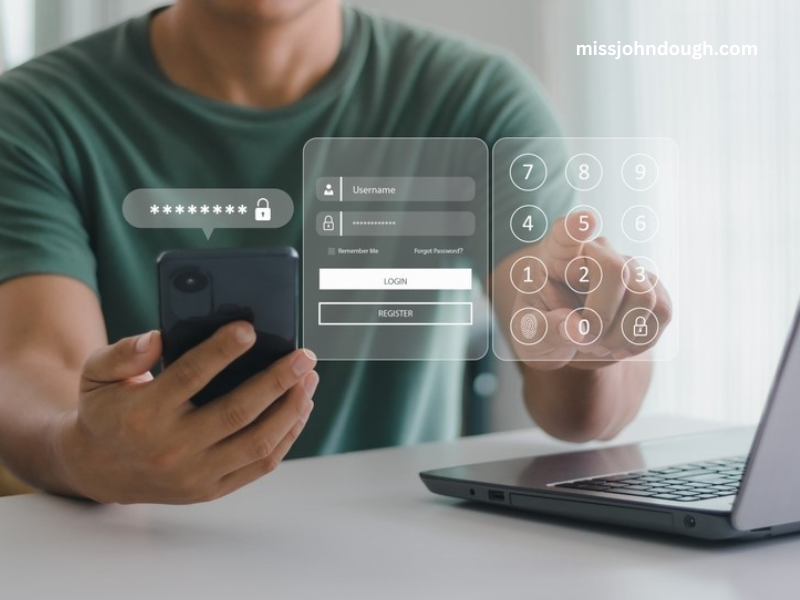Blockchain technology has emerged as a revolutionary force across various industries, enabling transparency, security, and decentralization. One of the fundamental characteristics of blockchain is its public nature. Each transaction is recorded on a distributed ledger that anyone can access, leading to concerns regarding user privacy and identity protection. This article delves into how identities are protected in a public blockchain environment, exploring key concepts such as pseudonymity, encryption, and privacy-enhancing technologies.
Understanding Blockchain Technology
Before discussing user identity protection, it’s essential to grasp the basic principles of blockchain technology. A blockchain is a decentralized ledger that records transactions across a network of computers. Each block in the chain contains a list of transactions, a timestamp, and a cryptographic hash of the previous block, creating an immutable record.
The decentralized nature of blockchain means that no single entity controls the data, providing a high level of security and resistance to tampering. However, this public accessibility raises questions about user privacy and how individuals can maintain their anonymity while participating in blockchain networks.
Pseudonymity
The Shield of Identity
One of the primary mechanisms through which blockchain protects user identities is pseudonymity. Unlike traditional systems where users are identified by real names or social security numbers, blockchain users are represented by cryptographic addresses—long strings of alphanumeric characters. These addresses do not inherently reveal any personal information about the user, allowing individuals to transact without disclosing their identities.
While pseudonymity offers a layer of privacy, it is not foolproof. Advanced blockchain analysis techniques can sometimes de-anonymize users by analyzing transaction patterns, timing, and the amounts transferred. For instance, if a user’s wallet is linked to a known identity (e.g., through exchanges requiring identification), it becomes possible to trace their transactions back to them. Therefore, while pseudonymity is a significant advantage, users must remain vigilant about maintaining their anonymity.
Encryption
Securing Transactions
Another critical component of identity protection in blockchain is encryption. All data transmitted across a blockchain network is encrypted, ensuring that only authorized parties can access and interpret the information. When a user initiates a transaction, their private key is used to sign it, creating a unique digital signature. This signature confirms the authenticity of the transaction without revealing the user’s identity.
Encryption not only protects the integrity of the data but also adds an extra layer of security. Even if a malicious actor gains access to the blockchain, they would find it nearly impossible to decipher the encrypted information without the corresponding private keys.
Privacy Coins
Enhancing Anonymity
In response to the privacy concerns associated with public blockchains, several cryptocurrencies have emerged specifically designed to enhance user anonymity. These privacy coins utilize advanced cryptographic techniques to obscure transaction details and user identities.
For instance, Monero employs ring signatures, stealth addresses, and confidential transactions to ensure that sender and receiver information remains private. Similarly, Zcash offers shielded transactions that allow users to choose between transparent and private transactions, depending on their needs.
These privacy-focused cryptocurrencies provide users with a higher level of anonymity compared to traditional cryptocurrencies like Bitcoin, which, while pseudonymous, still leave a trail of transaction history that can potentially be traced back to users.
Zero-Knowledge Proofs
The Future of Privacy
Zero-knowledge proofs (ZKPs) represent a groundbreaking advancement in privacy technology. ZKPs allow one party to prove to another that a statement is true without revealing any additional information. In the context of blockchain, this means that users can validate transactions or identities without disclosing sensitive data.
For example, a user could prove that they have enough funds to complete a transaction without revealing their exact balance or transaction history. This technology is still in its early stages but holds immense potential for enhancing privacy in blockchain applications.
Decentralized Identity Solutions
The concept of decentralized identity (DID) is gaining traction as a means to provide users with more control over their personal information. Instead of relying on central authorities to verify identities, blockchain can facilitate a system where users create and manage their identities securely.
With decentralized identity solutions, users store their identity information on the blockchain, enabling them to share only specific data with third parties when necessary. This selective sharing minimizes the risk of identity theft and data breaches, empowering users to maintain their privacy while interacting with various services.
Regulatory Compliance and User Privacy
As blockchain technology continues to evolve, regulatory scrutiny has increased, particularly regarding user privacy and data protection. Governments and regulatory bodies are exploring ways to balance the benefits of blockchain’s transparency with the need to protect user identities.
For instance, regulations like the General Data Protection Regulation (GDPR) in Europe emphasize the importance of protecting personal data. Blockchain developers are working to create solutions that comply with these regulations while maintaining the benefits of decentralization and transparency.
One potential approach is implementing privacy features that allow users to control their data and withdraw consent for its use. By integrating regulatory compliance into the design of blockchain systems, developers can help ensure that user identities are safeguarded in line with legal requirements.
The Role of User Education
While technology plays a crucial role in protecting user identities on public blockchains, user education is equally important. Individuals must understand the principles of blockchain, the importance of safeguarding their private keys, and the potential risks associated with sharing personal information.
Educating users about best practices, such as using secure wallets, avoiding public Wi-Fi networks for transactions, and being cautious with the information they disclose, can significantly enhance their privacy and security.
Conclusion
The public nature of blockchain technology raises legitimate concerns about user identity protection. However, through pseudonymity, encryption, privacy-focused cryptocurrencies, zero-knowledge proofs, and decentralized identity solutions, individuals can maintain a degree of anonymity while benefiting from blockchain’s transparency and security.
As technology continues to evolve, the balance between privacy and transparency will remain a critical discussion in the blockchain community. Users must stay informed about the tools and practices available to protect their identities while leveraging the advantages of blockchain technology. By fostering a culture of awareness and education, we can work towards a future where identities are securely protected in the ever-evolving digital landscape of blockchain.


